Hey, dear friends! Have you ever kept a tetra in your fish tank? Exactly, tetras are ideal for beginners and even experienced aquarists. And most tetras are peaceful. In today’s article, we will get into a further discussion about neon tetra.
Content Table
Neon Tetra Lifespan
The neon tetra is one kind of freshwater fish, belonging to the Characidae family. It possesses a silver-white abdomen, light-blue back, as well as transparent fins and tails. Besides, there is a blue horizontal strip from the nose to the base of the adipose fin. Also, a red strip extends from the middle of the body to the base of the caudal fin. Generally, neon tetra can grow up to 1.5-2 inches. That is a tiny size, right? On the other hand, neon tetra can live up to about 5–8 years in aquariums, while it can reach 10 years in the wild.
Fortunately, you can take measures to extend their lifespan. For instance, providing a large tank and hiding places, keeping great water parameters, and ensuring a healthy and balanced diet.
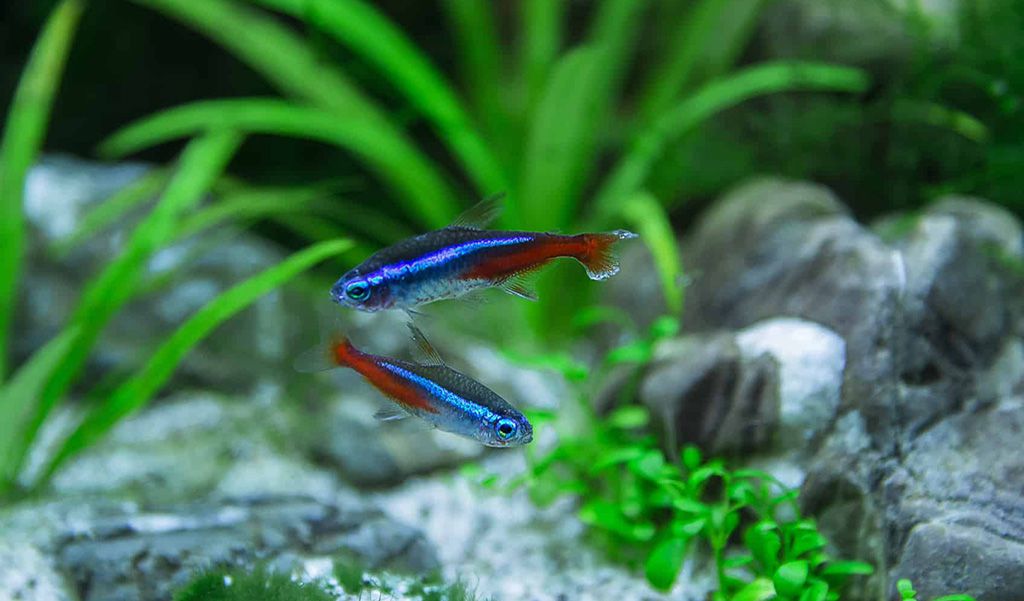
How to Take Care of Neon Tetra
Neon tetras are easy to care for. However, to keep them comfortable and healthy, you should obey some rules. And this segment will share some neon care guides.
Tank set up
1. Tank size
Do not overstock. Otherwise, neon tetras may get stressed. Moreover, overstock would lead to high ammonia, nitrite, and nitrate levels, which is fatal for neon tetra. Then how many neon tetras should be kept in a fish tank? And what is the feasible tank size? Since neon tetras are schooling fish, it means that it is best to keep them in a school of six or more. Hence, a fish tank of 10 gallons or 20 gallons is the recommended size. But the larger, the better. Because they need space to hide, swim, and explore around the aquarium.
2. Water parameters
After purchasing a fish tank, you need to cycle the tank first. Then set the water parameters to ideal ranges. The followings are references:
- Water temperature: 75-80℉
- pH level: 6.8-7.8
- Alkalinity level: 1-2°dKH/50-140 ppm
- Ammonia level: 0 ppm
- Nitrite level: 0 ppm
- Nitrate level: less than 20 ppm
3. Hiding place
Neon tetras prefer hiding places. Therefore, you can add some aquatic plants to your neon tetra aquaria, like java moss and hornwort. Attention here, it is better to add low-light plants. Because neon tetra prefers low light. Furthermore, adding some rocks, stones, and driftwood is also feasible. Neon tetras can also hide and explore around them.
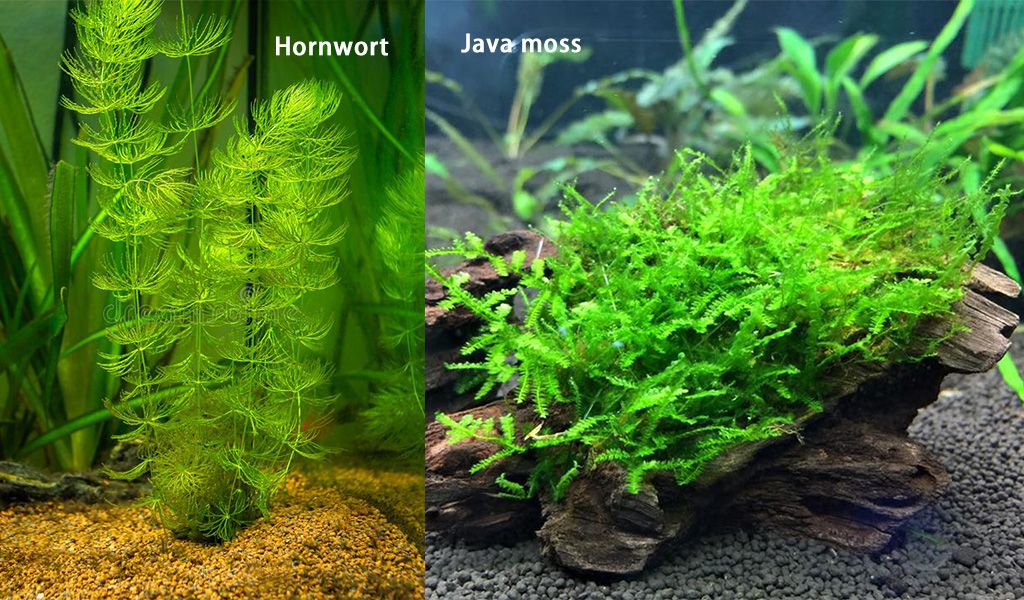
4. Tankmates
Most tetras are peaceful, thus, you can keep neon tetra with other peaceful tetras of similar sizes, such as black neon tetras, cardinal tetras, and black skirt tetras. Besides, rasboras, cory catfish, small danios, and some gouramis are good tank mates. Specifically, take dwarf gourami as an example, both of them prefer warm water, and they are peaceful. But some large or aggressive fish should be avoided, like bully fish, cichlids, and goldfish.
Goldfish are cold-water fish, while neon tetras are warm-water fish. Concerning the cichlids, most of them are aggressive, then neon tetra may get injured. So you should not keep goldfish or cichlids with neon tetra. If you want to introduce new fish to a neon tetra aquarium, you’d better stock the fish in a quarantine tank. It can reduce the risk of disease spread.
Daily neon tank maintenance
1. Tank maintenance
To keep optimal water temperature, you should add an aquarium heater. An aquarium heater with a built-in thermometer is perfect. Then you can check the real-time water temp. Besides that, most aquarium heaters at present can turn on and off automatically according to the previous setting ranges of water temperature. In addition to maintaining stable water temp, it is essential to keep a clean tank. Thus, you should clean your neon tetra aquarium and change the water regularly.
Changing 15-30 percent of the water each week is great. In this case, a gravel vacuum can help you a lot. It makes sense in sucking out the debris and waste, as well as changing the water. Also, the aquarium cleaner tool kit helps you to keep a clean neon tetra tank.
2. Diet
Neon tetras are omnivores. You can feed them daphnia, bloodworms, brine shrimp, fish pellets, and fish flakes. Nevertheless, do not overfeed. Or it may cause health problems. It is best to feed them once or twice a day. And make sure they finish eating within 2–3 minutes.
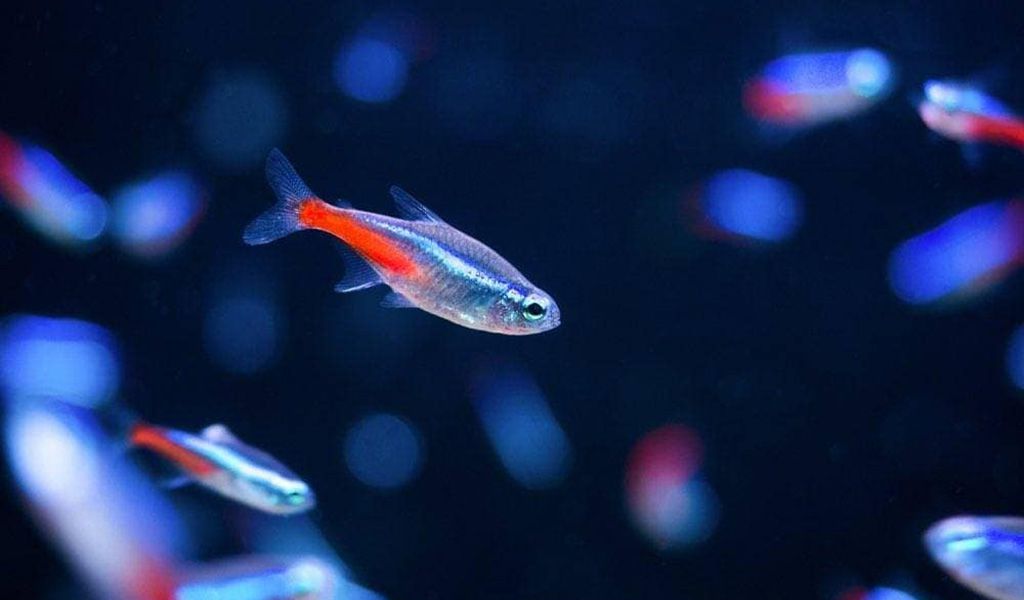
3. Lighting
As neon tetras fancy dim light, then an aquarium light is not necessary. But live aquatic plants may require light, even if they are low-light plants. Because light is the basis of photosynthesis. For a 10-gallon neon tetra aquarium, the blue white light should be 500–800 lumens, which means a 9W or 14W light is what they can handle. You should keep the light on for 8–12 hours each day.
4. Filter & pump air
Though you have added aquatic plants, you should apply an aquarium filter or an aquarium air pump. Choose one of the two! As for an aquarium filter, it can remove waste and aerate your tank. Then it plays a role in maintaining great water quality and making sure sufficient oxygen. On the other hand, the air pump is just to aerate a fish tank, and improve oxygen level. Seeing that there is waste, excrement, and other debris in the tank, consequently, a filter seems better. A sponge filter is feasible. It provides effective filtration and agitation, while also working quietly.
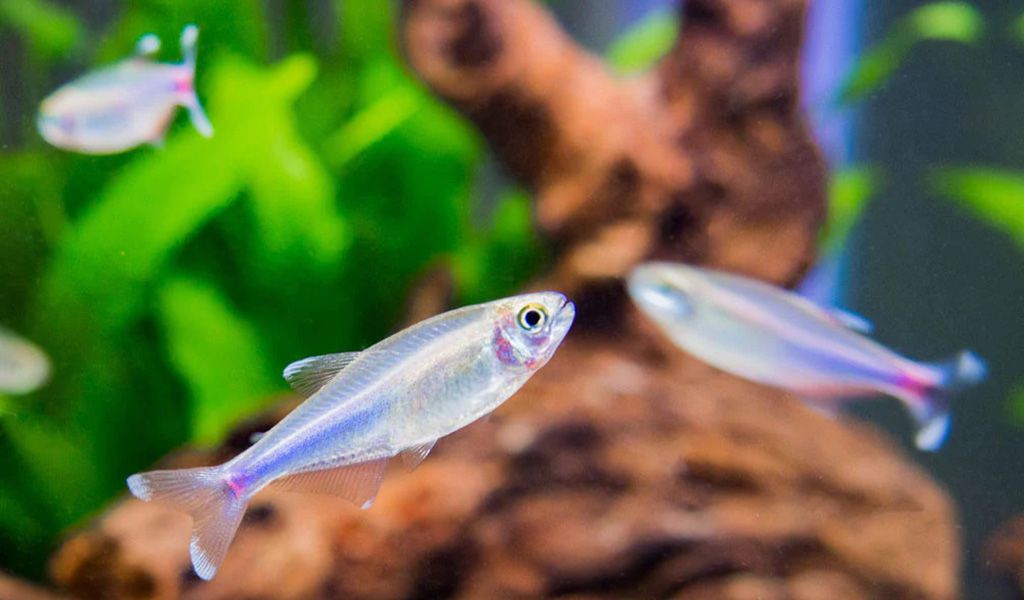
Why Is My Neon Tetra Turning White?
Neon tetras tuning white may be a signal of disease, as a result, it is essential to know the causes, and then try to treat them. To begin with, the inappropriate water temperature will lead to neon tetra turning white. Neon tetras are tropical fish and like warm water. Thus, the cold water temperature would be one reason for neon tetras turning white. So, do not forget to turn on the aquarium heater after water changes or during cold seasons. Aside from that, sick fish in the fish tank will also cause neon tetra to turn white. Neon tetra may suffer from Neon Tetra disease, which is highly contagious, even for other fish species.
Unfortunately, there is no cure for this disease. Therefore, if you notice one sick fish in your tank, just isolate it as soon as possible.
Related topic
Although tetras are in small size, each of them can produce 50 tetra fry on average. And the fry will get mature after about 8–12 months. By the way, there are ways to make tetra fry grow quickly. For example, setting up a breeding tank, doing regular water changes, providing proper filtration, avoiding overfeeding, and ensuring an ideal diet. In a word, with scrupulous care, you will have a sparky tetra aquarium. Finally, thanks for your reading.
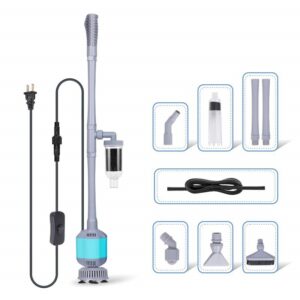
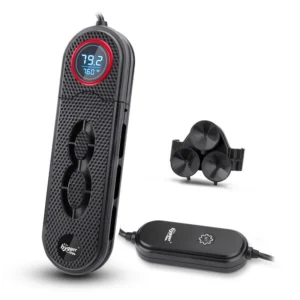
Leave a comment